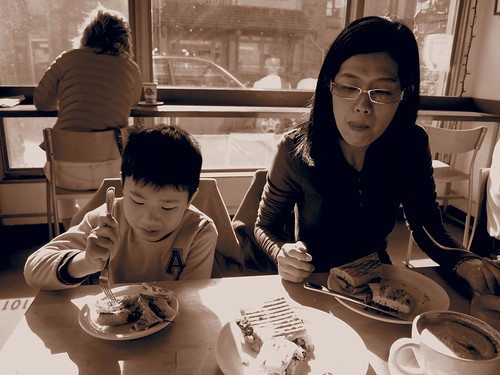I was totally floored by a blog post by Jackie Huba of Church of the Customer.
In her post, Huba recounted how Nordstrom – a beacon of premium customer service in the US – upped the ante by replacing her worn-out loyalty card with a new one sent to her home without any prompting. All it took was for Huba to remark that her card was old and presto! A new card was delivered.

.bmp)







